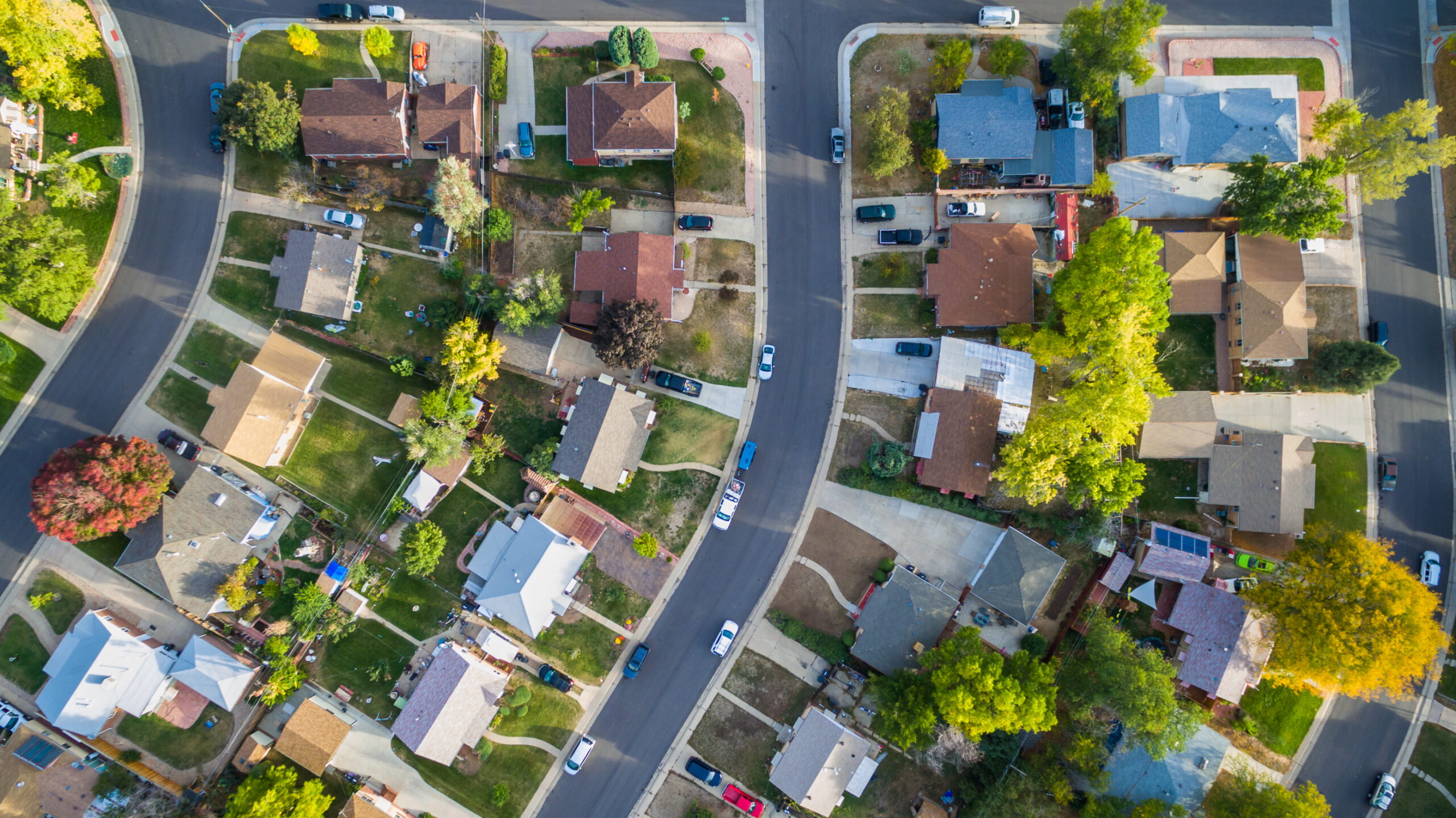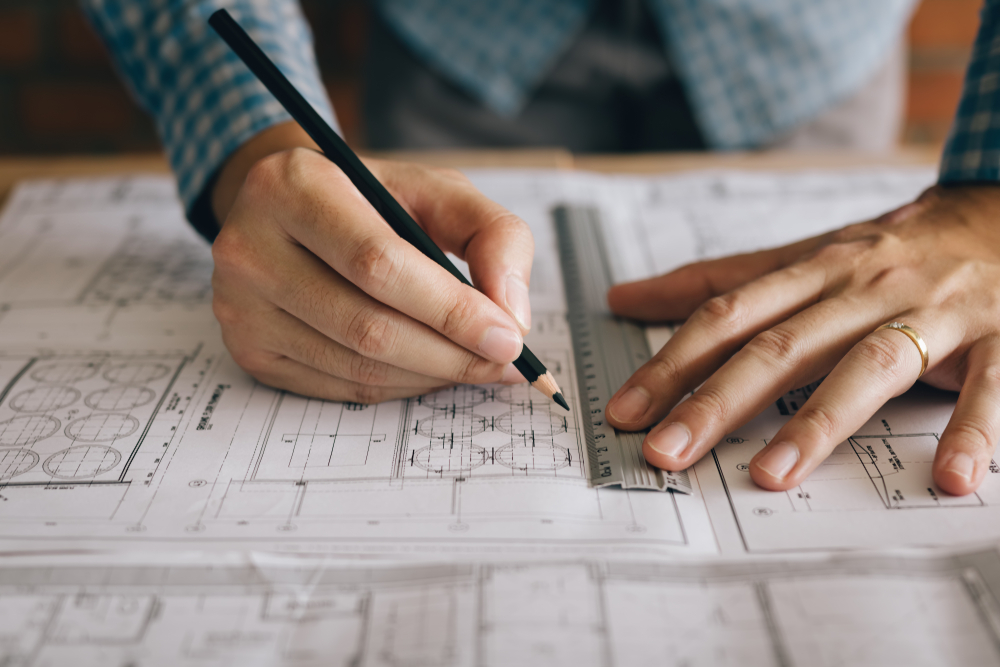
What Should Be In Your HOA Welcome Letter
Moving into a new home is a whirlwind of excitement, packing, and adjustments — and if your new home is part of a homeowners association

Moving into a new home is a whirlwind of excitement, packing, and adjustments — and if your new home is part of a homeowners association

Whether you’re a new homeowner or a seasoned resident living in a community with an HOA, understanding the inner workings of your homeowners association is

If you own a home in Colorado within a planned community, you are likely part of a homeowners association (HOA). HOAs are vital organizations that

When you buy a home within a Homeowners Association (HOA) community, you enjoy certain common-area benefits and amenities. However, you also agree to abide by
Homeowners Associations (HOAs) are prevalent across communities, and they wield significant influence over residents’ lives. HOAs create rules and guidelines to preserve property values and

Ah, HOAs. They evoke imagery of pristine lawns, uniform mailboxes, and…unwritten rules that linger like neighborhood folklore. While bylaws and covenants provide a concrete framework,

Dreaming of a backyard oasis with a sparkling pool and tiki torches? Yearning for a pop of color with a freshly painted door? Don’t grab

In an era where community involvement and transparency are highly valued, homeowners associations (HOAs) are increasingly expected to operate openly. Transparency not only cultivates trust




Please note that maintenance action will be taken in accordance with direction provided by the Association’s Board of Directors.


Have a management question? We'd love to help! Fill out the form below and we'll get to back to you as soon as we can.


Please note that a fee may be charged to your account for pool and gate keys in accordance with Goodwin & Company’s association management contract.